Let's admit it and just say that almost everyone is going to want to try fire hooping at one point or another. It’s incredibly important that when the time comes to light that hoop on fire, you have the information that will keep you and others safe and free from burns.
This guide is an adaptation to the Fire Hoop Workshops that I teach around the country.
Fire Hooping Safety
Overview
- Essential items for fire safety
- Fire extinguisher / damp towel / bucket of water / spotter
- Keep fuel dump or dip station a fair distance away. 20ft.
- Fuel stored in closed containers
- Be sober, be smart, have fuel dump assistant
- Be aware of others (audience)
- Have a first aid kit for burns
- Have at least one person on site that has basic first aid training.

Personal Safety
Overview
- Sobriety
- Clothing, hair, loose threads, tassels, frays
- Wet your hair
- Test your clothing, do a burn test before hand so you KNOW
- In the hoop keep your arms up to avoid burns or have fire resistant sleeves
- Breathing – keep slow and steady
- Be mindful of where you grab the hoop, avoid wicks, spines
- Spacial awareness, audience, ground, overhead, etc. Focal point for dizzyness
- Never spin alone
- Listen to your inner voice, if it tells you not to spin. DON’T
Clothing & Hair
Wear 100% natural fibers if possible or at least a blend that is over 70% natural, ie; cotton, hemp, bamboo, etc. If it feels synthetic, it probably is.
Do a burn test – Get the clothing you plan on wearing and try setting it on fire, seriously. Hold a lighter to it for a few seconds, if it doesn’t melt or go “poof” within 3 seconds, your’e good to go.
Avoid clothing with tassels or loose threads and frays. Jeans with frayed edges are a big no no as they catch on fire SUPER EASY. I was doing fire safety once and was not wearing the proper clothing. When the performer came to me to extinguish their prop, I did so, but not before my pants caught on fire and I had to put myself out too. Kind of embarrassing.
Hair – Wet your hair or dampen it with a spray bottle. If you have big poofy hair like me, pull it back and wet it down. Burning hair smells bad.
Avoid getting burned
When you’re fire hooping it gets hot, it gets disorienting and it gets really exciting! First off, keep your arms up, move them around, avoid them just resting lazily above the flaming wicks going around and around.
Be aware of where you are grabbing on the hoop. You wouldn’t believe how easy it is to grab a flaming wick or a real hot spine. Hoop with your fire hoop while it is not on fire a good number of times and do lifts, grabs and off body moves. Know exactly where you can grab it and where you cannot.
You can also wear some fire resistant sleeves and these can be a part of your costume. This is my preferred method as it totally protects my arms and I feel more comfortable getting all crazy with my hoop and doing tricks that might normally burn me. The easiest is to just cut some sleeves off a shirt or grab your serger and make some. Simple!

Spatial Awareness
When you are spinning, the fire is whooshing, its dark outside and the music is pumping, you can often get disoriented and dizzy. What I do is find a spot somewhere away from me that I use as a reference point so I always know exactly where I am in my performance space. Use this spot to help keep you from getting dizzy and “lost” in your hoop.
Keep an eye out for those drunken idiots and crazy dogs that I mentioned earlier. People WILL walk into your performance space, even if it is roped off. Be aware of your surroundings and anything that might get in the way of your flaming hoop.
Spotter
Never fire hoop alone! Take this dead seriously as this could potentially save you from some nasty burns and the hospital.
Whenever you play with fire, have a spotter. Someone that is trained in fire safety and knows what they are doing. Do NOT just grab some random person from the audience. I say audience because let us face it, if you are fire hooping, your going to have onlookers no matter what.
This spotter or fire safety should have a few things nearby; a damp towel (not soaking wet), 5-gallon bucket of water & fire extinguisher. The bucket of water it to dampen your towel and to use incase of burns. It should be kept AWAY from the fuel station and near safety. Its a required item for us in Bend, OR when we are doing fire shows and jams. The spotters' job is to extinguish your tools, keep you safe and tell you if you catch on fire and then come put you out if you cannot do this yourself. It is NOT their job to panic and spray you with the fire extinguisher, this would suck for everyone. In 14 years of performing professionally I have NEVER seen or needed to use an extinguisher, it’s there for backup and to appease the local fire department.
Sobriety
You the performer, your spotter and the fuel station attendant should ALL be sober, no exceptions. Enough said about that.
One last thing
Listen to your inner voice. If you don’t feel like you should spin your fire hoop, DON’T. Also, never spin alone.

Fuels and Safety
Overview
- The original containers the fuel came in are always the best to use for transport. Or a sealable airtight container.
- No Smoking near the fuel
- Flash point – low vs high
- Types of fuels
- Naphtha aka white gas
- low flash point = quick lighting
- clean burning / bright / hot / volatile / best for indoors perfomance
- Kerosene – pure.
- Hard to find
- high flash point / smoky / / weak flame
- Lamp oil – aka parrafin, derivitive of kerosene with more additives
- high flash point / burns a bit cleaner / slicker on concrete pads / tends to spray residue
- Fueling for a performance
- can do a blend of 80/20 whitegas/kerosene.
- Dip props then seal them in plastic bags with rubber bands
- can dip up to 20 min before burn
White Gas
White gas, Naptha, Coleman Fuel, these are some of the common names for this type of propellent. This is the most common type of fuel and the easiest to find, you can buy it at most hardware and sporting goods stores.
It has as LOW flash point meaning that it ignites very quickly which can be great for performance, but more volatile than other fuels. It is also the cleanest burning fuel and the brightest, making it the best for indoor performance.
Kerosene
Kerosene is an oil based fuel and tends to burn pretty weakly. For all those that have traveled to Thailand, I guarantee you have used this fuel. It’s harder to find in the U.S. and in my opinion not very fun to use.
It has a HIGH flash point meaning it takes a lot of heat to get it to ignite. It is also very slick, oily and doesn’t come off a stage or your skin very well. It does, however, burn for quite some time.
Lamp Oil
Lamp oil, tiki torch fuel, paraffin are some of the common names that this derivative of kerosene is known by. This fuel is also easy to find in most hardware and sporting good stores. Be careful when you buy it to NOT buy the one with citronella in it………GROSS! BAD!
100% pure lamp oil is what the majority of fire breathers use as it is clean burning and has a flash point somewhere between kerosene and white gas. This fuel burns longer than white gas but has a weaker flame. It is also oily and will leave a residue on any surface you burn on. Be careful to spin off your hoop very well when using this fuel as it tends to “spray” more than white gas.
Fuel Blend
My favorite fuel to burn for a performance is a blend of white gas and lamp oil with a ratio of 80:20. This gives me the ability to quickly light my prop and also the added benefit of a longer burn due to the lamp oil. It is OK to blend these fuels and you do not risk any sort of explosion. Test out your own ratios to see what suits your style.
Fueling for Performance
A lot of times you are required to fuel your props well before you go on stage or begin your performance which can result in your fuel evaporating and by the time you go to light up, there is nothing to light. To avoid this there are a few things you can do;
Bag your props – Dip your hoop, poi, staff or whatever and then immediately put a plastic sandwich bag over your wick and secure it tightly with a rubber band. This will hold the fuel into the wick and when it’s time to light up you can quickly pull the bags off and light your prop.
Fuel blend – Using a blend of fuel will also help to keep the fuel on your wicks. If you use 100% lamp oil you would have very little risk of the fuel evaporating as it is so oily and thick, BUT the downside of using 100% lamp oil is that your prop will take FOREVER to light, this is where a blend of white gas and lamp oil comes in handy. Lamp oil for longer burn/less evaporation and white gas for quick ignition.
Dip Station
Overview
- should be 20′ away if possible.
- All fuels secured with lids in approved containers
- should have a way to spin off / or burn off excess fuel to not get on yourself or audience.
- Ideally roped off from audience
- prop is soaked once bubbles stop
- can place dipping bucket in a larger container to prevent spills
This is where you keep your fuel and you dip your props before using. All fuel should be stored in its original container or in a sealed 1-gallon paint can. Keep your fuel sealed, only open it when you are dipping and then reseal immediately. You never know when a prop is going to break and send a flaming wick into the can of gas and BAM, big explosion = bad for everyone.
Dip station should be at least 20 feet away from all audience. Keep a dip station attendant around to keep things neat and also to keep away drunken idiots smoking cigarettes, kids and dogs. You would be amazed at how many dogs have run through and knocked shit over.
You should have someway to spin off your props into a receptacle. What this means is that you are keeping the fuel off of the earth or stage area. Once you dip your prop a lot of excess fuel will be dripping off and you should keep your prop held above the dip container until the wicks stop dripping. If you have no way to spin your hoop off, then once you light you will need to allow some time for the excess fuel to burn off so that it is not spun onto your audience or fellow burners. Yup, I said Burners….damn I love Burning Man!
So how long do I dip my prop for? Submerge your wicks in the fuel, when you no longer see bubbles the wicks have soaked up all they possibly can. It does not make any bit of difference to let your wicks soak for any longer than you see bubbles.
Equipment
Overview
- always check before using. Like a car that needs oil
- check bolts, wire wraps, stitching, quicklinks, ballchain, frayed wick
- if brand new, soak for a while before hand and then extinguish before they are totally burned out.
- Preserving wick life is to extinguish before they smolder out or spin out. Once your fuel runs out, your wick will burn.
Equipment Maintenance
Just like your car needs oil and gas, your hoop needs a bit of love as well. I sometimes hear people complaining that their “wicks started to come loose after my third burn”, well, tighten them and stop complaining! This is just common maintenance and nothing is “wrong” with your fire hoop.
Preserving the life of your wicks is a good thing to do and quite easy. You will see plenty of people burning their props until the fire FINALLY goes out, this is actually a bad thing to do…..bad for your wicks anyways. Let us look at how a wick works. Wicks are made from a non-flammable material called Kevlar® or some blend of Kevlar & fiberglass. This non-flammable material, when soaked with a propellant, will allow the fuel to be burned off without actually burning the material itself. When the fire starts to go out what is essentially happening is the last of the fuel is being burned and now the material itself starts to burn. Have you ever seen little embers or red spots on your wicks? This is the material burning away and your pocketbook opening up to purchase more wicks. OUCH. Morale of the story, extinguish your wicks before they burn out on their own.

Extinguishing
Overview
- use a damp towel or fire safety approved blanket or material such as duvetyne.
- Duvetyne does not want to be wet
- can blow out from base up
- can pass off fire to a friend to keep the show going
Putting your wicks out is pretty darn easy. Use a damp towel (not wet), why I say damp and not wet is because water transfers heat….funny thing to think about, but if the towel is soaked more heat from the wick will pass through the towel and onto your hand, burning you.
Duvetyne is a great thing to use as it is made for putting fires out. You can buy it from most online fire prop retailers. Don’t get it wet!
You can blow your wicks out, blowing from the base of the wick UPWARDS. Fire travels up, right?
Lighting your prop
Overview
- Take a moment to center yourself, do some deep breathing, say a mantra. Whatever works for getting you into your focused space.
- Methods of lighting
- light from a flame source, always lighting from bottom up
- don’t hold your hoop straight up and down, unless you are moving it fast, or using 100% white gas, as it will melt your hoop and drip fuel (especially lamp oil on the hoop).
- Don’t keep a lighter in your pocket, could heat up and explode
- light off a friend.
- 2 hoop lighting with 3 wicks each.
- Light all but once wick. Transfer fire with your hand.
- Spiral light with one super soaked wick on concrete
Don’t light your hoop until you are ready to do so. Take a moment and ground yourself with whatever method speaks to you.
Ways to light
There are numerous ways to light your hoop besides the obvious ones like a lighter, flame pot or candle. The trick lighting is what I want to talk about and also a little safety 
Light your wicks from below the wick, don’t light them by bringing a lighter to the top of the wick, fire travels UP, remember?
Don’t hold your hoop vertically when you are lighting it, once again fire travels up and will melt your hoop……unless you are doing some super sick isolation lighting tricks using 100% white gas and a splash of everclear……one of my faves!
Trick Lighting
Here are a few fun ways to get your hoop lit, some of them may be hard to visualize, so I will do my best to describe them in detail. Most of these tricks require 100% white gas as you need to have a LOW flash point and quick ignition.
Lighting from a friend – What creative way can you light off of each other? Imagine both of you have one wick lit on your hoop, hold the hoops vertical, facing each other and both of you isolate your hoops, but in opposite directions being sure to touch each wick so that both of your hoops get lit. Move fast enough so you don’t melt your hoops.
Fire Transfer – The idea of this one is that you are passing the fire with your hand from one wick to the next. Dip all your wicks, light one, wipe the wick (freshly soaked) across your palm being careful not to get fuel between your fingers (keep fingers pressed together, closed) and then pass your palm underneath the one flaming wick and quickly bring your now flaming palm to an unlit wick, it should ignite. Wipe your palm again with fresh wick and repeat until all wicks are lit. SUPER STYLE POINTS – Once your last wick is lit your palm should still be flaming, bring it up to your mouth and blow it out making direct eye contact with someone in the audience……..someone you think is cute 
Fire Circle – (This only works on smooth concrete, pavement, not soft porous things like grass.) This is kind of hard to describe, but imagine standing inside your hoop, holding it horizontally with one wick lit. As above one of your wicks is going to be super soaked (wet and drippy) this will be the wick to the left of the burning wick, you will then place your hoop on the ground, and spin you and your hoop around in a counter-clockwise direction. The soaked wick will create a ring of fuel and the lit wick will light this ring of fuel and ignite all your other wicks………..I think I should make a video of this huh? I say counter-clockwise because I use screw in wicks and if you rotate clockwise your wicks will unscrew themselves.
Cleanup
Overview
- wipe up any fuels that may have spilled
- wash your skin of all soot as it is toxic
- clean out the inside of your nose
- seal all fuel cans tight
- leave the area as you found it. Respect
Just like when you go hiking you pack it in and pack it out, ie; Leave No Trace. Clean up after yourself by wiping up any spills that were made with a spare towel, NOT your safety towel, be sure to use different colored towels, one for safety and one for spills.
Clean your skin, clean out the inside of your nose! Seriously, if you did any tricks where you put the hoop in your mouth or around your neck, you will most likely have soot in your nose and then your wine will taste totally funky later on, so clean your nose!
Seal up all the fuel containers and pack it all out, leave the area as you found it.
First aid
You should always have someone on site with some basic first aid training because you never know when things might go wrong. At the very least keep a basic first aid kit on hand with some good burn cream.
I don’t need to go into details of first aid, so do your own research and KNOW what is best. I recommend this resource for dealing with minor burns, http://www.webmd.com/first-aid/tc/burns-home-treatment
Let me know what you think and if you have any questions leave them in the comment section below. Thank you!
The post Beginner’s Guide to Fire Hoop Safety appeared first on The Spinsterz Blog.

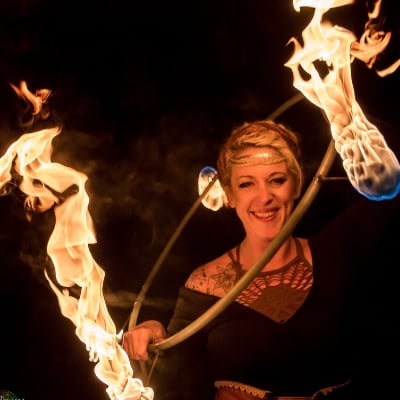



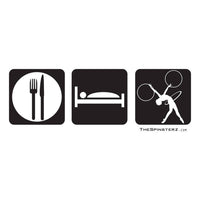

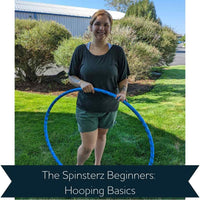
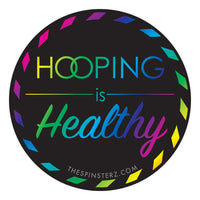
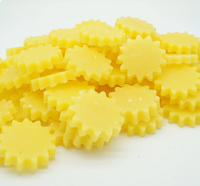
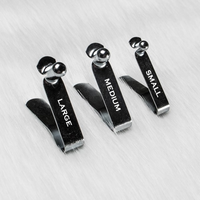
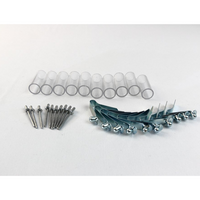
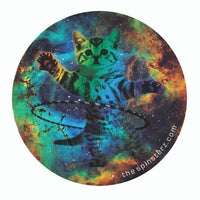
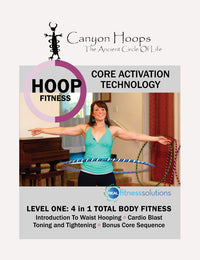
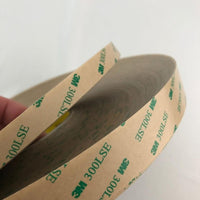

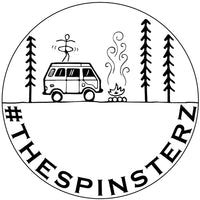
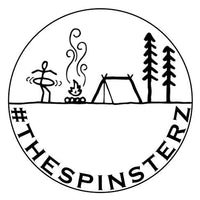
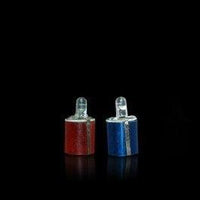
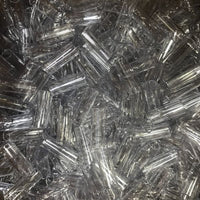
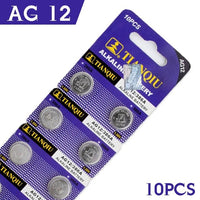
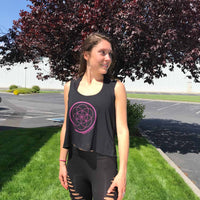
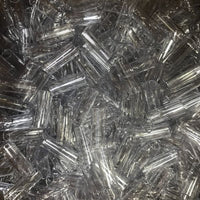
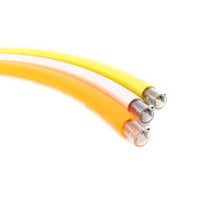
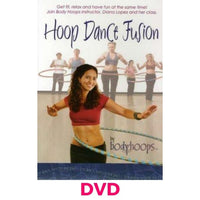
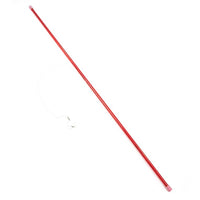
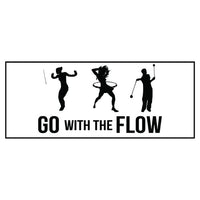

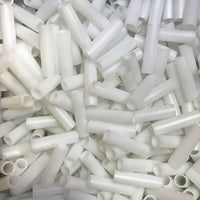
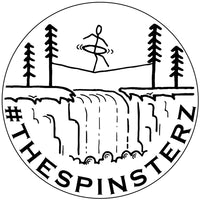

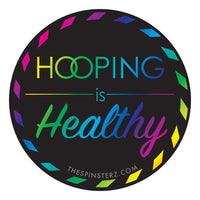
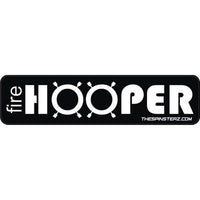
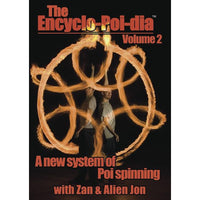
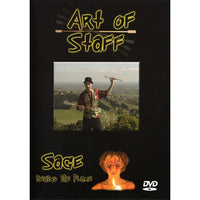
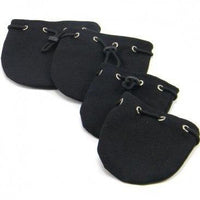
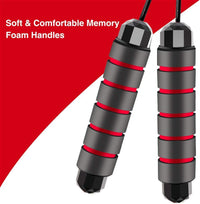
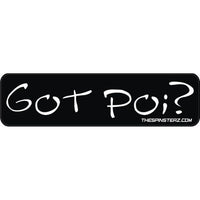
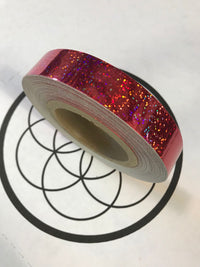
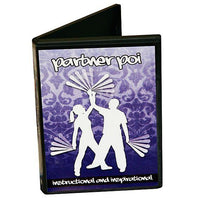
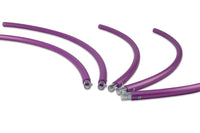
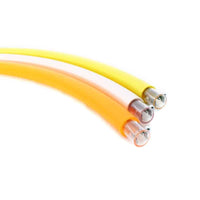
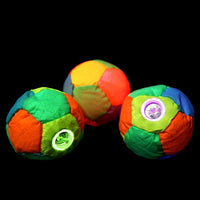
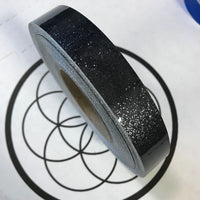
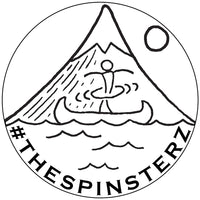
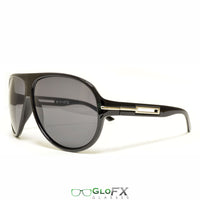
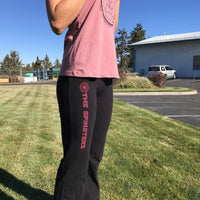

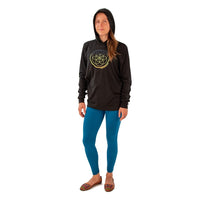
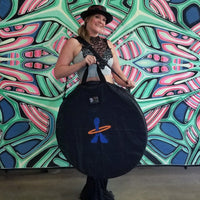
3 comments
Do you have to pull a permit while practicing or performing?
Hello,
Thanxs for your recomendations.
I would like to know if you use fanfire (fire blocker spray) for your costumes.
I use all in one cotton costume…but i was going to try out some other material…maybe more licra, spandex based! Using that spray could be a solution…have you use It before?
My group tends to soak the wicks and then wrap in foil to prevent evaporation before the show. Those pre-cut foil sheets at costco or sam’s like hot dog vendors are super easy to use.